Don Vasco de Quiroga: the Great Benefactor of the Purépechas
The work
of Don Vasco de Quiroga five
centuries ago still amazes visitors to Pátzcuaro. He
was the great benefactor of the Purépecha
indigenous people. A renaissance man with innovative ideas, he delivered
justice to indigenous peoples who had suffered abysmal abuses and humiliations. He
implemented a community development program, leaving a great cultural legacy,
which can be traced by following “The
Route of Don Vasco.”
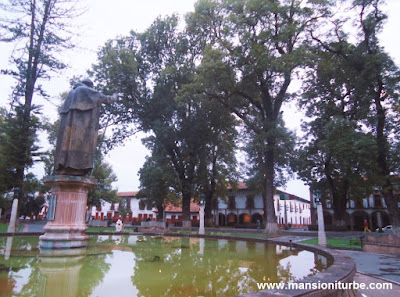 |
| Don Vasco de Quiroga Square in Pátzcuaro, Michoacán |
Pátzcuaro is one of the primary
stops on Don Vasco's Route. The main
square that bears his name is considered to be one of the most beautiful in
Latin America; at the center of the square you will find a statue in his honor,
which is located opposite our Hotel Mansion Iturbe.
You can
use Pátzcuaro as the point of
departure along the route, along which you can learn about the great work
undertaken by this great humanist. You will be surprised by the different
cultural manifestations such as folk art,
music, dance, cuisine of Michoacán – with its endless range of flavors – as well
as its architecture. Don Vasco de Quiroga was responsible for the
construction of numerous temples, and the layout of villages and hospices; he
designed the very City of Pátzcuaro
that even today impacts the visitor by its beauty.
Pátzcuaro, Michoacán
We invite
you to learn more about this great personage. Below we share more points to
about the work of this great man:
Don Vasco de Quiroga, was born in Madrigal de
las Altas Torres in Spain in 1470. He arrived in Mexico in January 1531, as
Listener of the Royal Court. Part of his assignment was to investigate abuses
of Nuño Beltrán de Guzmán. His arrival marked a marked improvement in the lives
of the indigenous residents of Michoacán.
 |
| Don Vasco de Quiroga |
Arriving
in New Spain, he noticed the distressing situation of the indigenous peoples.
In 1533, he was sent to the province of Michoacán
on peacemaking trip. A series of disturbing events against indigenous people
had recently taken place, including the murder of King Caltzontzin.
Don Vasco de Quiroga, trying understand and
ameliorate the bleak picture he found, established several hospices, including
in the towns of Santa Fe in Mexico and Santa
Fe de la Laguna on the banks of Lake
of Pátzcuaro. He organized them under a set of rules and
ordinances. His inspiration for this project was based on the theories of the
English humanist Thomas Moro.
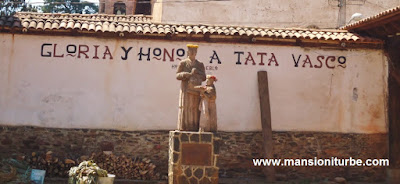 |
| Don Vasco de Quiroga in Santa Fe de la Laguna |
In these
hospices, he built a model of coexistence where they practiced Christian
charity. This included collective work, where the members could learn a craft,
and could also rest their weary bones at the end of a hard day. Activities were
based on values such as fraternity, equality, and social justice.
Don Vasco de Quiroga was a great humanist who
exposed many of the Spaniards who committed abuses with the indigenous people, several
of them encomenderos as Juan Infante in the lands of Uayameo, where today sits Santa Fe de la Laguna.
In 1538 Don Vasco de Quiroga was appointed Bishop of Michoacán, and in 1540 he
moved the seat of the Michoacán
bishopric from Tzintzuntzan to Pátzcuaro, which he thought was the
ideal place for his model of coexistence among the indigenous people of
different communities.
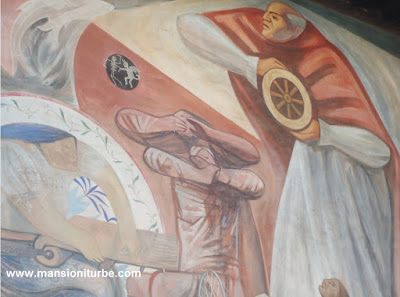 |
| Don Vasco de Quiroga Mural at Casa de los Once Patios in Patzcuaro, Michoacán |
In Patzcuaro, he founded the Royal College
of Bishop San Nicolas. It was the First Seminary of New Spain, where they
prepared future priests to support the transition to the new cultural model. He
defended the rights of indigenous peoples, from the Lake Region to the Purépecha
plateau.
 |
| Former Royal College of Bishop San Nicolas, today the Museum |
The
influence of Don Vasco de Quiroga
became a tradition among the indigenous peoples where the development of
handicrafts, different trades, and agriculture was developed. It was
forged by admiration, affection, and knowledge of his works in favor of the
indigenous community. Don Vasco de
Quiroga became the beloved "Tata Vasco," which today
is vibrant and essential part of the identity of the Purépecha.
 |
| Don Vasco de Quiroga Ofrenda in Pátzcuaro |
This
great benefactor of the Indians, our dear Tata Vasco, died in Uruapan during a pastoral visit at the
age of 95, March 14, 1565.
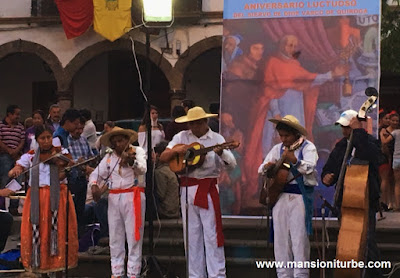 |
| Purepechan Music in honor of Don Vasco de Quiroga in Patzcuaro |
On your
next visit to our magical village, stroll through the streets of Pátzcuaro, where Tata Vasco’s work is
palpable. Walk through the different communities and follow the Route of Don Vasco, where you can see
the legacy of Don Vasco de Quiroga,
through different arts and crafts that are still the way of life of the various
indigenous communities.
*Text and pictures property of Hotel Mansión Iturbe in Pátzcuaro.
We invite you to check more post in our blog, you will find information about Pátzcuaro and its surroundings that we hope will be helpful for your next visit to our colonial town in Mexico.
Here are some post that we suggest you:
La Relación de Michoacán – or “Chronicle of Michoacán” – is an exhaustive literary work about the Purépecha people and their history.
Folk Art and Its Economic Importance to the Communities around Lake Patzcuaro
In the Sixteenth Century, Don Vasco de Quiroga took the Purépechas (indigenous) under his wing; the results of his work are evident even today.
Hotel Mansión Iturbe
Portal Morelos 59
Plaza Vasco de Quiroga
Portal Morelos 59
Plaza Vasco de Quiroga
61600 Pátzcuaro,
Michoacán.
México
More information about our Hotel In Patzcuaro
For reservations on line at Hotel Mansión Iturbe
Tel: +52 (434) 342 0368 / 342 3628
Fax: +52(434) 342 3627
Toll Free fax number USA & CANADA: 1-866 678 6102
More information about our Hotel In Patzcuaro
For reservations on line at Hotel Mansión Iturbe
Tel: +52 (434) 342 0368 / 342 3628
Fax: +52(434) 342 3627
Toll Free fax number USA & CANADA: 1-866 678 6102
CODIGOS
GDS
| |
| Amadeus: | ON MLMMAN |
| Sabre: | ON 16297 |

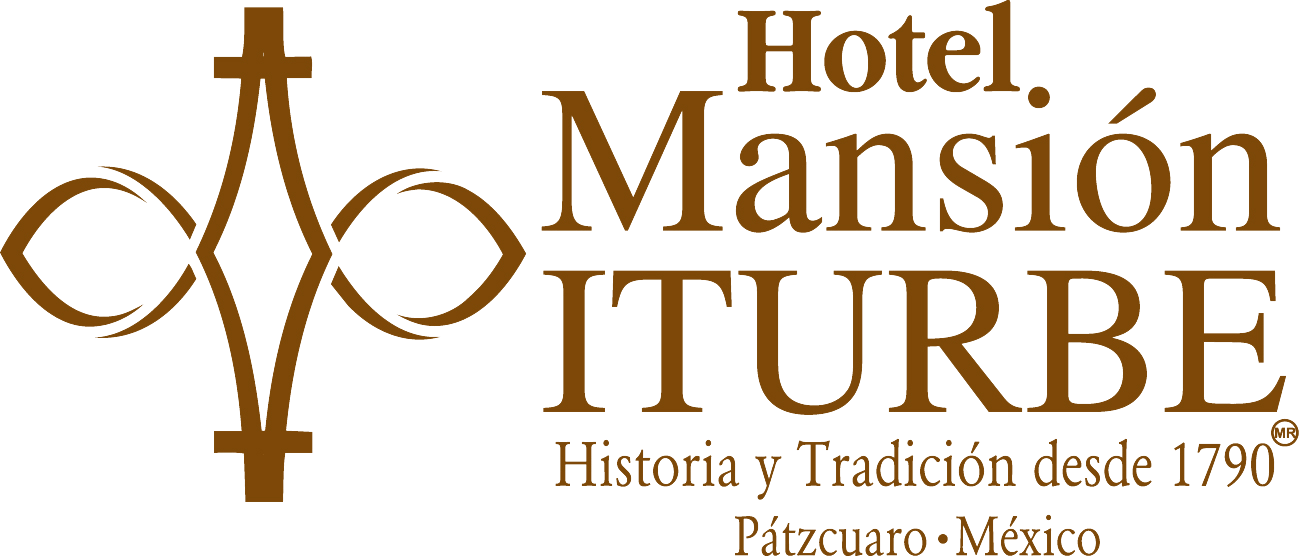







Comentarios